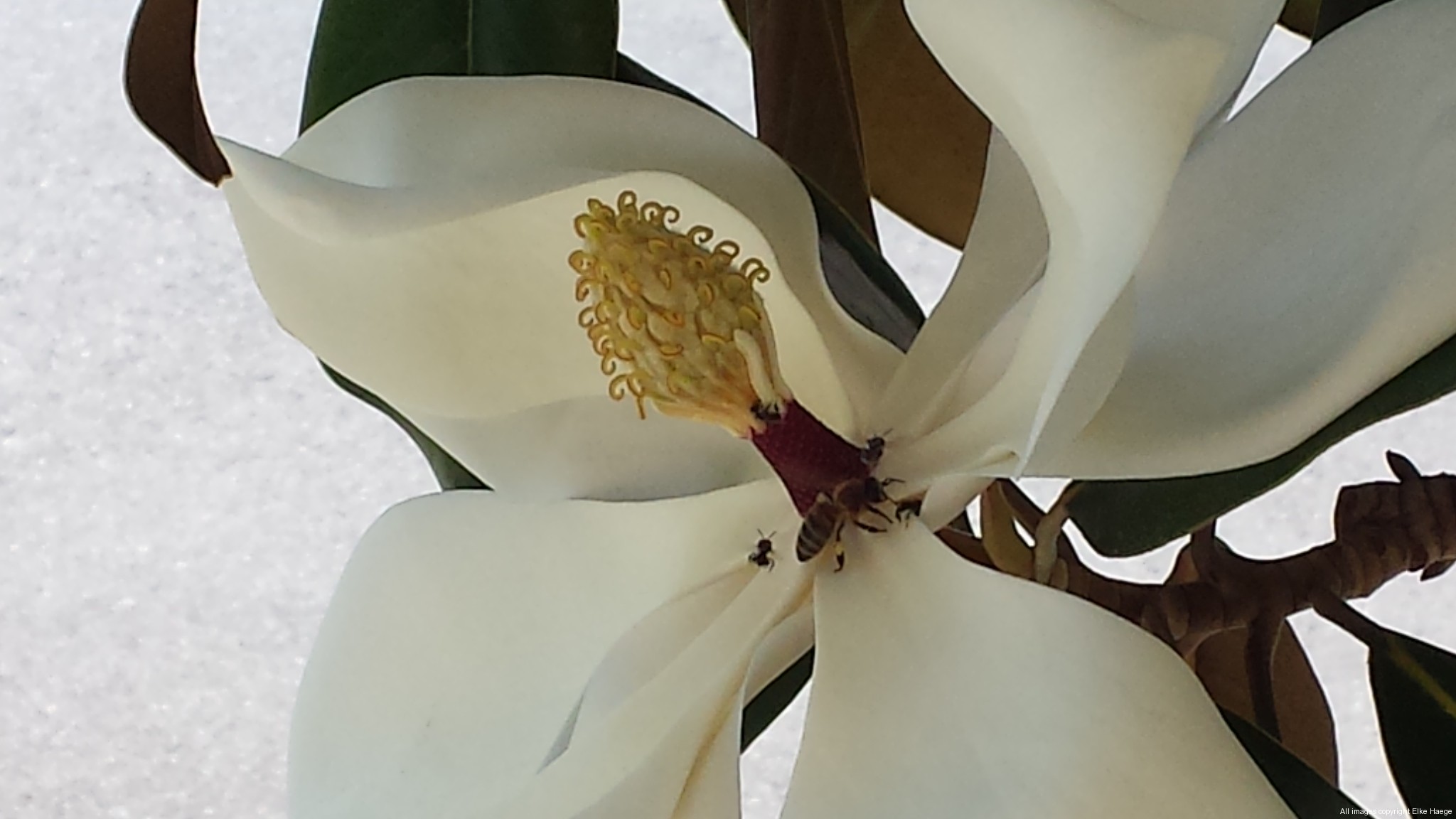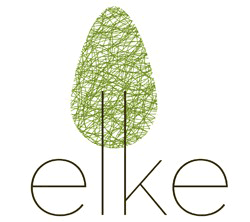
25 Nov Native Stingless Bees in urban and suburban areas of Sydney
Native stingless bees have been shown to do very well in urban areas. This is a video I took today of our native stingless bees and a honey bee both gathering pollen from a magnolia flower in the most densely urbanised suburb in Australia (Kings Cross/Potts Point, NSW).
The magnolia is a street tree and the hives are about 50m away. The bees also enjoy the Jacaranda (November flowering usually) and Robinia flowers in early spring (mid Sept – October ussually).
Honey bee and Native Stingless Bees on Magnolia grandiflora



